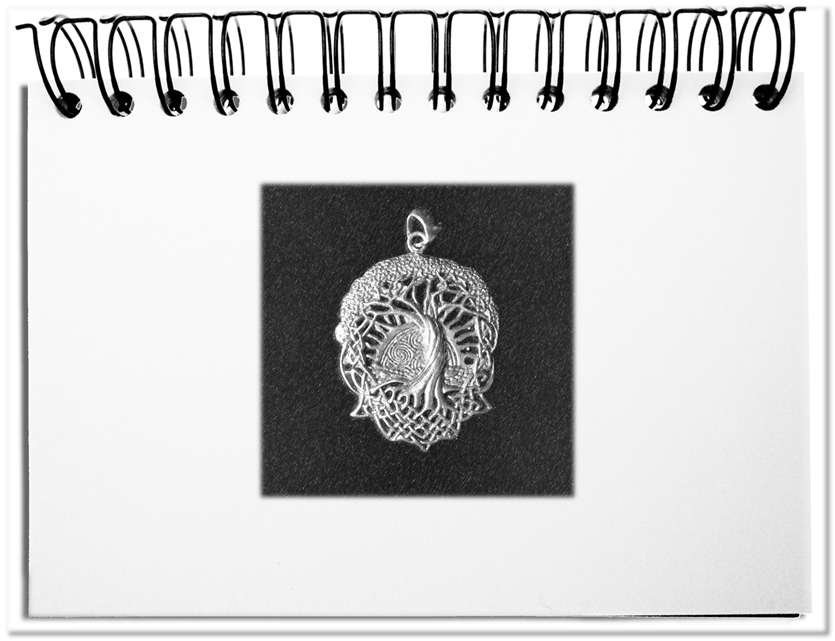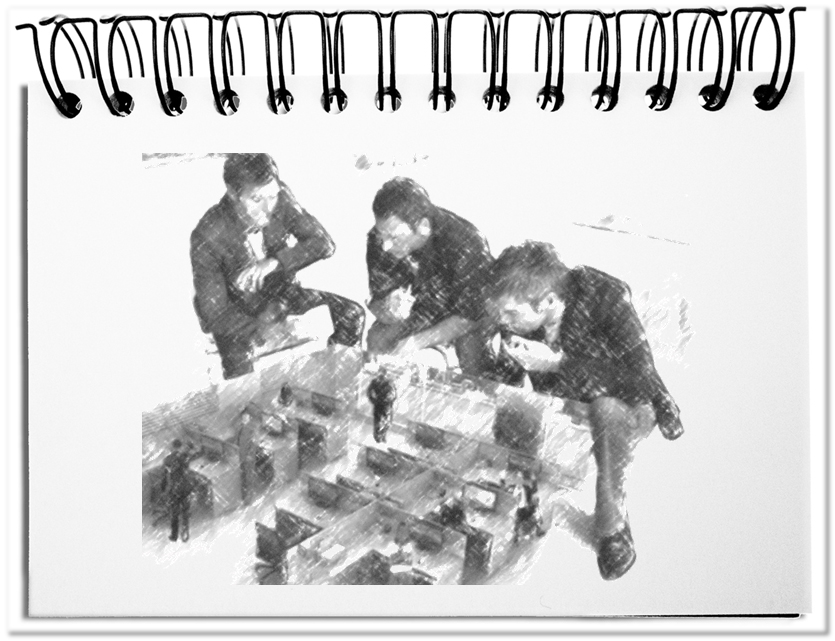Before personal talismans and amulets evolved, like the Nazar in Turkey or the Christopher in the western world, many particularities of the physical reality were connected with a deeper meaning that went beyond and had a strong influence on the mental states of people. Even though we have no written evidence from prehistory, oral traditions point to meaningful landmarks in nature – the Uluru in Australia, the Nazca lines in Peru, or the legendary Irminsul in Germany. Over time, cult objects been created, which groups always carried with them, such as the Ark of the Covenant, the Mikoshi in Japan or the Holy Lance. The effects of these cult objects are different for each user. The same applies to metaphors which, beyond the obvious story, generate additional meanings in the minds of people. This makes the talisman the ideal metaphor for the metaphor.
Faith can move mountains. Talismans also have this power and transfer meaning and content to their carriers that go far beyond the obvious form of the artifact – just like a metaphor. To make this possible, things or metaphors must be loaded with meaning and the following conditions be there.
- Expectation
Amulets are connected with meaning by a place or person. As a result, users expect a certain effect – for example be it traffic safety or health or fertility or motivation. The effect is mediated by the person, who provides the artifact or story. One should not forget that the effect can be destructive or beneficial – a voodoo doll fitted with needles can lead to the death; the belief in the success of a medical measure makes the placebo work in exactly the same way as the drug being replaced. - Conditioning
Expectations do arise out of nowhere. It is often not sufficient to get the explanation of the effect. But the constantly updated awareness of the consequences anchors faith deeper and deeper in the subconscious. If we touch our talisman and establish the conscious connection to the desired effect, we internalize the effect even deeper -e.g. the St. Christopher’s before starting the commute to the office. Accordingly, a metaphor works, which is used again and again as an example, if you explain a certain contexts, such as the story with the axe. - Examples
Especially supportive for confidence in a particular outcome are examples, in which the effect has been clearly demonstrated. The shamans that exist in all cultures have proven countless times that they can help, what makes them better and better. The mobile representative is the amulet that you get handed from shamans – or at least can trace back to them. In the metaphor, the reference to reality happens through stories with everyday examples that charge the metaphor. - Origin
Any object can act as a talisman – a stone, a piece of wood, a bottle of water, an artifact made by someone or was owned by someone. Brands transfer emotional meaning to objects – e.g. when the latest Montblanc fountain pen is called Le Petit Prince. It is in the eye of the user how this meaning comes into effect. A metaphor wins, when it was created or told by a role model – such as Aristotle’s thesis “The whole is more than the sum of its parts”. - Comprehensive description
The more sophisticated and differentiated the description of mechanism of a fetish is, the more credible it becomes. Gemology, for example, explains the effect of gemstones – the ruby, which promotes passion; the tourmaline, which protects against negative energy; the tiger’s eye, which gives courage. The better a metaphor is explained, the more comprehensible it becomes – just think of the Chinese 成语 (chengyu) “塞翁失马 – Old man loses horse“.
Bottom line: Through the expectation, the repeated anchoring of the meaning, the practical examples, the origin and a comprehensive description charge amulets, talismans and metaphors with effective meaning, which makes amazing things with their followers. It should always be considered that the effect should be beneficial at all costs, otherwise damage will be caused. The belief in efficacy is the common denominator of these lucky mojos and the stimulating, meaningful stories. This makes the talisman the ideal metaphor for a metaphor.


